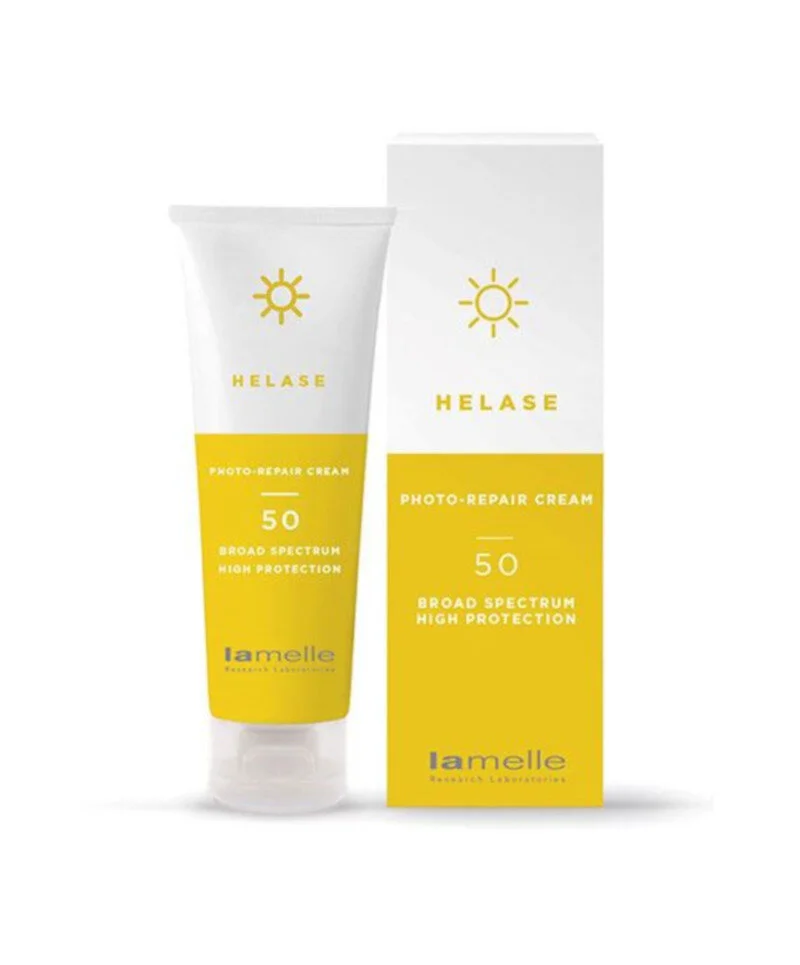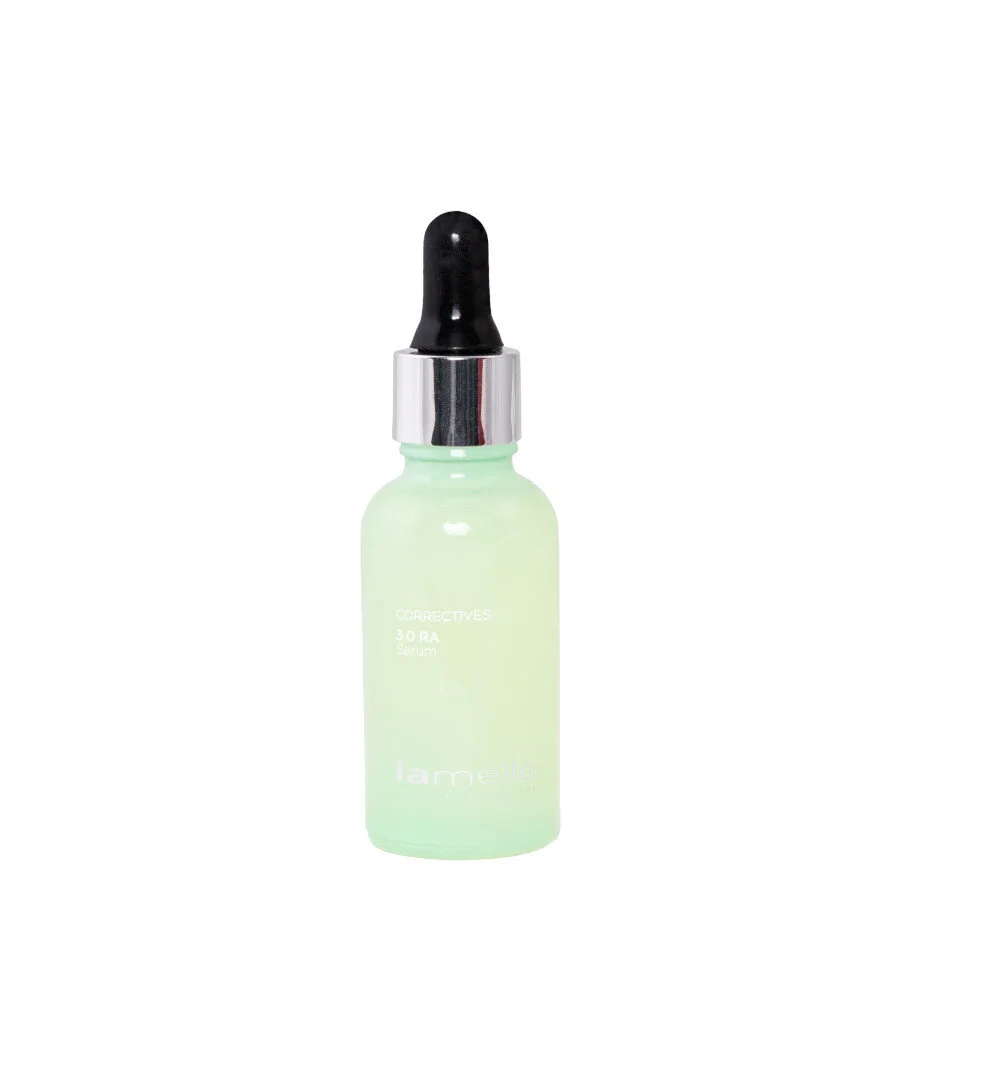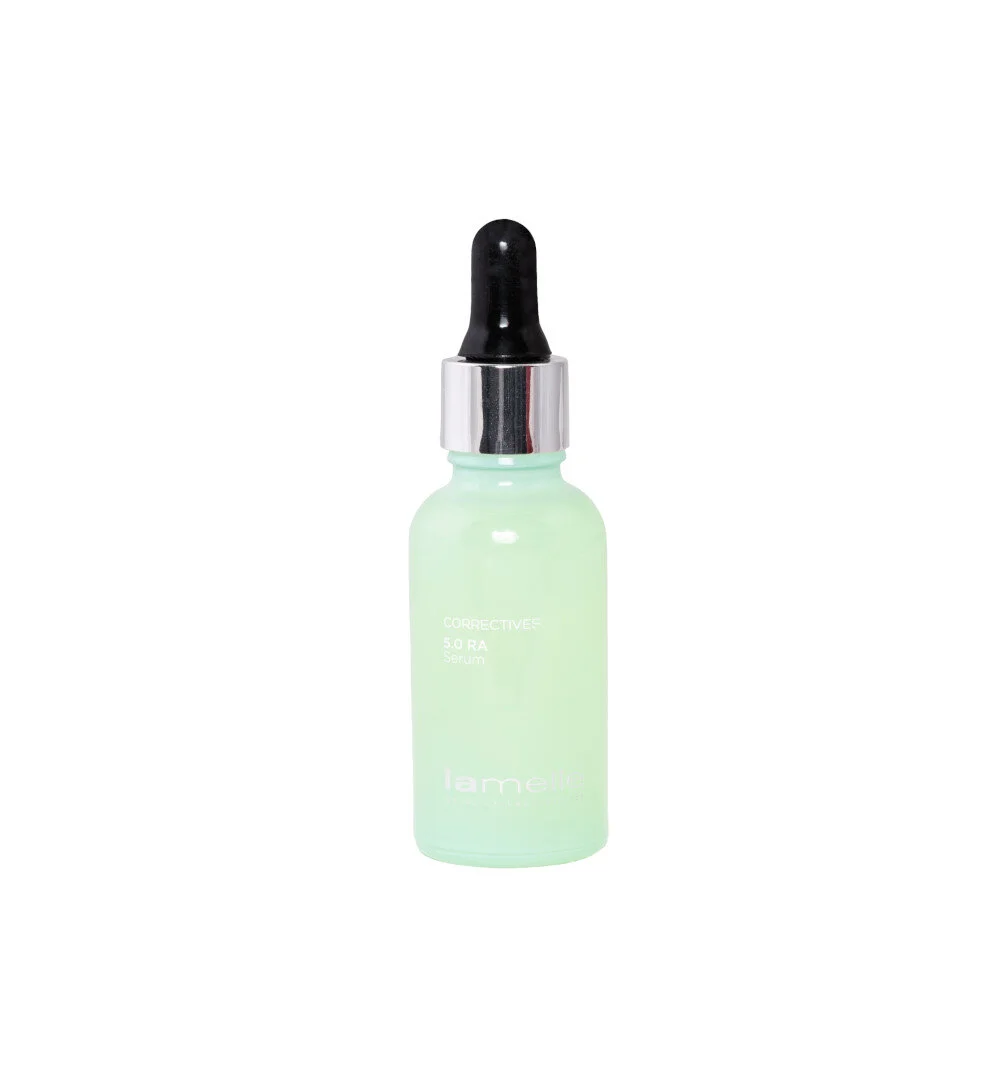Advanced Anti-Ageing: MMP Inhibitors For Your Skin
Aging is not very fair or uniform in how it impacts our skins. It affects some people more drastically or earlier in life. And, as we mentioned before, aging often fights dirty: It may take vital skin processes and turn them against you. And one such innate process is the wound-healing and collagen-controlling abilities of a group of enzymes called Matrix Metalloproteinase or MMP. With age, free radical- and sun damage, normally good MMPs can have a severe collagen-killing effect on the skin. So much so that we need to block them.
Here’s what you need to know about MMPs and MMP inhibitors.
MMPs ARE (NORMALLY) VITAL SKIN ENZYMES
In normal, healthy skin, one of the most important functions of MMPs is in regulating wound healing. In fact, if it weren’t for MMP, our skins probably wouldn’t be able to heal wounds the way they do now. And it’s unlikely we’d still be alive if it weren’t for our bodies’ ability to heal and regenerate.
MMPs have the crucial task of organising the new cells and removing old, worn tissue when your skin heals. And the importance of this cannot be stressed enough. When your body heals a wound, it does so in four phases. 1) Hemostasis stops the bleeding of a wound, 2) the Inflammatory phase rushes loads of vital healing enzymes to the site of the injury, 3) the Proliferation phase fetches new cells from deeper in the skin and rebuilds the structure of the skin, and 4) the Remodelling phase checks that all the right types of cells and skin structures are right places, and that the skin heals smoothly and well.
THEIR ROLE IN THE SKIN MEANS MMPs CAN DESTROY COLLAGEN
MMPs are pivotal in the Proliferation and Remodelling stages. They help with cell deposition (placing cells in specific areas, to rebuild the structure of the skin) and in running all the final checks to make sure that the skin looks flawless afterward. And to do this, MMPs need to be able to trim away unwanted cells and bits of collagen, almost like an artist smoothing a clay model, or a baker smoothing away the icing on a cake.
This means MMPs have the ability to destroy collagen when needed. A role so vital that scientists believe all wounds would be chronic and non-healing without MMP. But it can have some negative effects, too.
SO, HOW DOES MMP CONTRIBUTE TO AGEING?
It’s hard to imagine the same “good guys” that help your skin heal and regenerate can turn against you. But MMPs’ ability to kill break down collagen (and elastin) means that, when they get out of control, they can have some of the most severe skin-damaging effects of all.
Scientists have found that, when your body overproduces MMP, they can get confused and start breaking down healthy collagen, elastin and other structures. And collagen forms the basic structure of your skin. Its degradation is one of the main signs of aging. The skin loses volume, elasticity and starts to sag and this contributes to the formation of lines and wrinkles.
WHAT CAUSES OUR BODIES TO OVERPRODUCE MMP?
MMPs are created inside the fibroblasts in your skin – the same cells that are responsible for creating the collagen, elastin and special structures that your skin is made of. And, under normal circumstances, they’ll produce just the right amount of MMPs to keep you healthy and your skin regenerating itself constantly. But when it comes to the overproduction of MMP, sun exposure and free radical damage are to blame.
Excessive UV exposure directly triggers your body to create MMPs, which is why we associate collagen breakdown so strongly with photo-aging. But, a little more indirectly, tissue-damaging Reactive Oxygen Species (ROS or free radicals) from sun exposure as well as toxins and impurities in the air, coupled with chemicals and compounds in the food we eat, along with processes like stress inside our bodies, all also stimulate the overproduction of MMPs.
REASONS TO GUARD AGAINST MMP OVERLOAD
And the first thing you’ll notice is that most of these are practically unavoidable in modern-day life. Yes, you can drastically limit your sun exposure, but you can’t truly avoid the sun altogether. Similarly, the ROS created in your body is a product of stress, lack of sleep, impurities and toxins, as well as some of your body’s own natural processes. So, you can guard against them as much as possible, but you can never truly avoid them.
That’s one of the reasons why, no matter what we do, we do still get older and our skin eventually starts to show it. It’s a natural part of life. But you and your skin don’t need to remain at the mercy of collagen-killing MMPs.
Since we know that MMPs contribute to breaking down collagen, we can employ an advanced anti-ageing strategy: We can use MMP inhibitors to noticeably slow the process down.
ADVANCED ANTI-AGEING: MMP INHIBITORS THAT ACTUALLY WORK
We know how MMPs work. We know what stimulates them. So the logical next step was to take a much closer look at the physical processes the body uses to create them. Most noticeably, if we can block UV light and control ROS, we can limit new MMP production. But scientists also found that MMPs are triggered by certain receptors on cells.
Using this information, Lamelle was able to produce three age-correcting products that (among other things) contain powerful MMP inhibitors:
MMP INHIBITORS IN DERMAHEAL
Lamelle’s flagship age-correction product, Dermaheal, famously targets the three root causes of ageing. It employs advanced growth factors to reactivate cell processes, it uses a specific blend of cytokines to control chronic inflammation ageing, and it blocks skin-damaging enzymes with MMP inhibitors.
The various products in the Dermaheal range each feature either Tangerine Extract (Astazanthin is no longer in Dermaheal) or Pycnogenol. These are both very powerful antioxidants that neutralise free radicals and lower collagen-killing enzymes such as MMP. Have a look at the things Dermaheal boosts in your skin to make it youthful and discover more about Lamelle’s Dermaheal range.
2. HOW HELASE 50 INHIBITS MMP
One of the most advanced photo-protection and -repair products available, Helase 50 provides superior age-correction through revolutionary sun protection. And one of its key ingredients is a TRPV1 blocker. TRPV1 are the receptors that signal cells to produce MMPs. So, by blocking it, Helase inhibits MMP formation. Take a closer look at Lamelle’s Helase 50.
3. MMP INHIBITOR IN CORRECTIVES RA SERUM
This newly-launched retinoic acid (vitamin A) product is available in high-concentration 50% and 30%. Retinol is a well-known exfoliator, hydrator and promoter of new collagen and elastin production. But Lamelle Correctives RA Serum is further enhanced with TIMP-1, a dedicated MMP inhibitor. Discover Lamelle’s Correctives RA Serum.
Speak to your doctor or therapist about employing advanced MMP inhibitors in your daily skincare regimen.
You might also be interested in professional treatments for age prevention and more treatments for aging skin.





